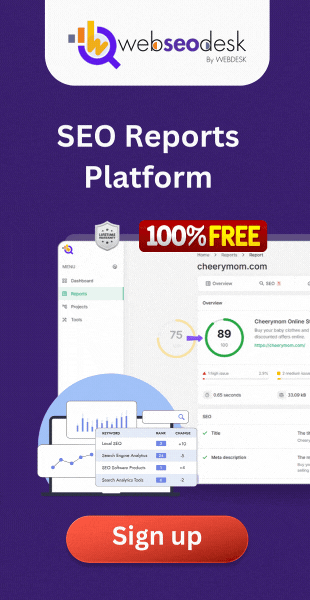Long-tail keywords have evolved into a necessary component of every effective SEO plan. Although short-tail keywords—such as “SEO” or “digital marketing”—are typically quite competitive, long-tail keywords present a special chance to generate more focused visitors to your website. We will discuss in this post the value of long-tail keywords and how they could greatly improve your SEO initiatives.
- Long-tailed keywords are what?
More precisely than broad search terms, long-tail keywords are phrases consisting of three or more words. For instance, a long-tail term may be “best SEO practices for small businesses,” rather than “SEO.” These keywords usually show more precise user intent; therefore, those who search for them are looking for something especially.
Though their search volume is less than that of short-tail keywords, long-tail keywords often draw very targeted visitors. Users of these thorough searches are more likely to convert since they are seeking certain information, goods, or services.
2. Why Long-Tailed Keywords Matter for SEO Less Competition
One of the main advantages of long-tail keywords is the lessened competition. Although broad and quite sought after, short-tail keywords are quite competitive and challenging to rank for. Conversely, long-tail keywords are less frequent and usually have less competition, so increasing your chances of ranking higher in search engine results.
Targeting long-tail keywords will help you rank for search terms that, should you concentrate on more generic keywords, could be too competitive. Smaller websites or companies trying to stand out in a crowded market especially benefit from this.
3. Better Conversion Rates
Usually, long-tail keywords capture the particular search intention of a person. Those who enter thorough terms into search engines are typically closer to making decisions and further down the sales funnel. A search like “how to choose the best SEO tools for beginners,” for instance, suggests that the user is probably looking for tips or answers, which increases their likelihood of converting.
Long-tail keywords might increase conversion rates since they aim at particular wants or problems. Those who discover exactly what they are looking for are more likely to interact—that is, register for a service, buy a good, or interact with your material.
4. Enhanced User Experience
Optimizing your material around long-tail keywords lets you directly meet the particular demands or questions of your audience. This improves user experience by offering pertinent, top-notch material in line with search intent. Google and other search engines give content that satisfies user intent top priority; hence, producing material around long-tail keywords boosts your likelihood of ranking higher.
Long-tail keywords also tend to be more particular, thus your material will naturally be more concentrated, which can help to increase readability and lower bounce rates. The more relevant your material is, the better the user experience, which could improve SEO results.
5. Focusing on Niche Markets
Targeting niche audiences effectively can be accomplished with long-tail keywords. Long-tail keywords offer a great approach for companies or websites serving certain markets to interact with consumers actively looking for particular goods or services.
A neighborhood bakery might, for instance, target long-tail keywords like “best gluten-free bakery in [city]. By concentrating on specialty searches, companies can draw consumers especially interested in what they have to offer, so generating more qualified traffic and improved SEO results.
6. Locating and applying long-tail keywords
Doing extensive keyword research is crucial to taking advantage of long-tail keywords’ potency. These techniques help one locate long-tailed keywords:
Use Google Keyword Planner, Ubersuggest, and SEMrush, among other tools, to find long-tail keywords connected to your niche. These instruments offer search volume, competitiveness, and trend statistics to direct your keyword plan.
Examining Google’s search recommendations—the autocomplete function—may help you understand typical long-tail terms that people look for. Enter a broad keyword and see the recommendations shown on the drop-down menu.
Review the materials of rivals that score highly for your goal keywords. Search for any long-tail keywords they are aiming at and learn how you may include such words into your own work.
Consider the user’s search objectives when selecting long-tail keywords. Are they seeking knowledge, a good or service, or a fix for a dilemma? Select long-tail keywords that fit this purpose to raise the possibility of drawing pertinent visitors.
Once you have your long-tail keywords, naturally include them in your work, including headings, meta descriptions, body text, and titles. Steer clear of keyword stuffing or over-optimization since they will compromise your efforts at SEO. Rather, concentrate on producing quality materials for your readers that naturally include your target keywords and offer actual value.
In essence,
In the realm of search engine optimization, long-tail keywords are a great weapon with many advantages for companies and websites. Targeting less competitive, more specialized search terms will help you to increase user experience, improve conversion rates, and draw more qualified traffic. Long-tail keywords can let you connect with a more focused audience and rank for specialty subjects.
Perform extensive keyword research, concentrate on user intent, and produce excellent material addressing the particular demands of your audience if you want to properly employ long-tail keywords in your SEO plan. Including long-tail keywords into your SEO campaigns will help you to raise search results and increase pertinent traffic to your website.












0 Comments